- Paul D Camp Community College (PDCCC) serves the cities of Franklin and Suffolk and the counties of Isle of Wight and Southampton. PDCCC offers small classes, individual attention, high academic standards and a commitment to your success. Caring, knowledgeable faculty members and counselors are here to encourage you to learn and take important steps to a better future for you, your family and our community. We also provide a wide array of workforce services and courses to help you advance. Career planning and placement assistance are readily available in partnership with the Opportunity Inc. One-Stop Workforce Center located in our Franklin Campus Workforce Development Center. PDCCC administrators and staff offer their expertise, skills and experience to their daily responsibilities and activities.
School Highlights
Paul D Camp Community College serves 1,645 students (22% of students are full-time).
The college's student:teacher ratio of 16:1 is lower than the state community college average of 23:1.
Minority enrollment is 52% of the student body (majority Black), which is less than the state average of 53%.
Quick Stats (2025)
- Enrollment: 1,645 students
- In-state tuition: $4,145
- Out-state tuition: $9,983
- Student:teacher ratio: 16:1
- Minority enrollment: 52%
- Source: Integrated Postsecondary Education Data System (IPEDS)
Top Rankings
Paul D Camp Community College ranks among the top 20% of public schools in Virginia for:
Category
Attribute
Debt For Students
School Overview
The teacher population of 104 teachers has stayed relatively flat over five years.
Paul D Camp Community College
(VA) Community College Avg.
Carnegie Classification
Associate's Colleges: High Transfer-High Nontraditional
Associate's--Private For-profit
Institution Level
At least 2 but less than 4 years
At least 2 but less than 4 years
Institution Control
Public
Private, non-profit
Total Faculty
104 staff
129 staff
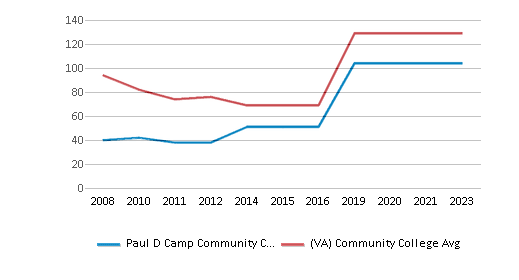
School Calendar
Student Body
The student population of Paul D Camp Community College has grown by 30% over five years.
The student:teacher ratio of 16:1 has increased from 12:1 over five years.
The Paul D Camp Community College diversity score of 0.63 is less than the state average of 0.71. The school's diversity has stayed relatively flat over five years.
Total Enrollment
1,645 students
1,350 students
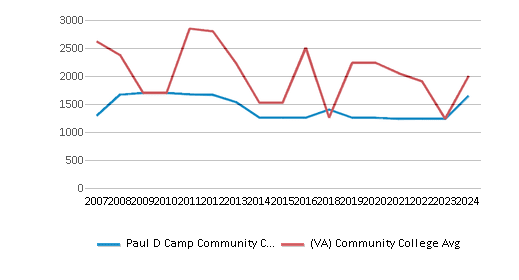
Student : Teacher Ratio
16:1
23:1
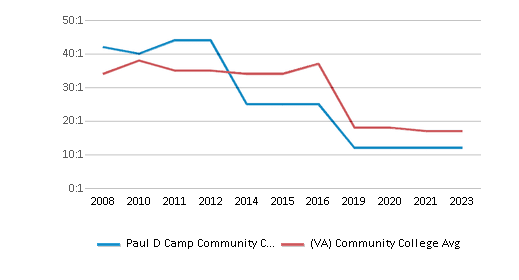
# Full-Time Students
355 students
637 students
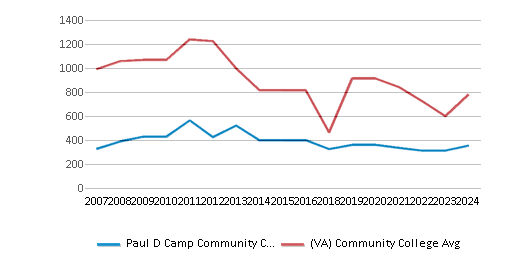
# Part-Time Students
1,290 students
971 students
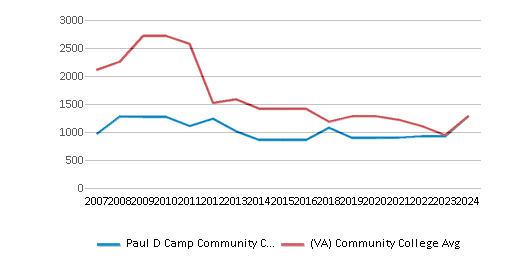
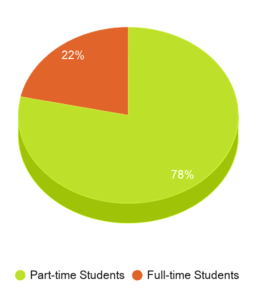
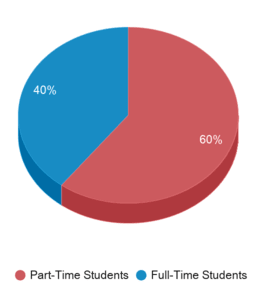
# Enrollment Undergraduate
164 students
314 students
# Full-Time Undergraduate Students
355 students
611 students
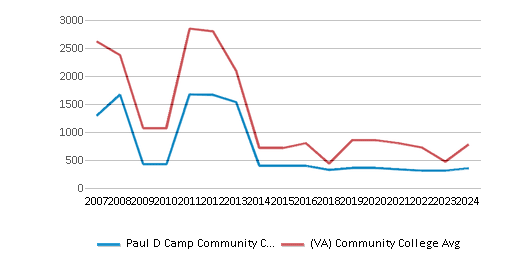
# Full-Time Graduate Students
n/a
158 students
# Part-Time Undergraduate Students
1,290 students
971 students
# Part-Time Graduate Students
n/a
61 students
Total Dormitory Capacity
n/a
476 students
% American Indian/Alaskan
1%
n/a
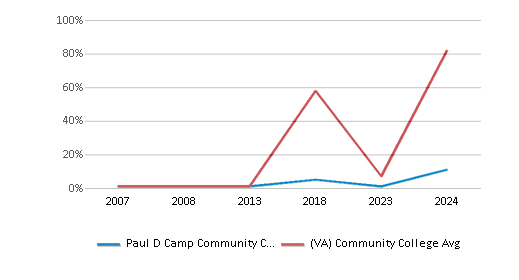
% Asian
2%
8%
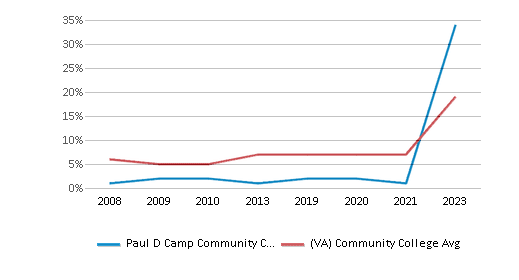
% Hispanic
4%
13%
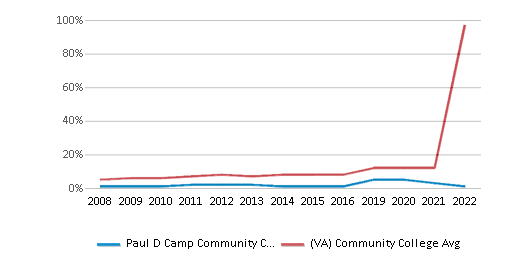
% Black
37%
21%
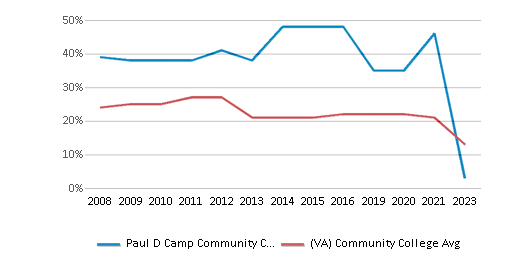
% White
48%
47%
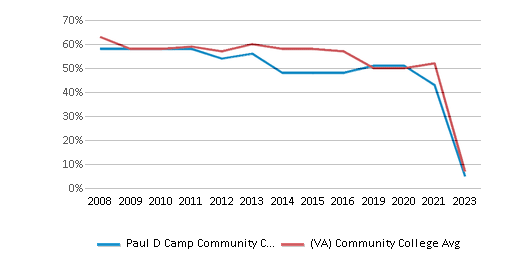
% Hawaiian
n/a
n/a
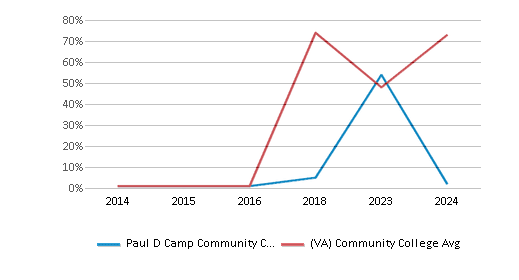
% Two or more races
5%
5%
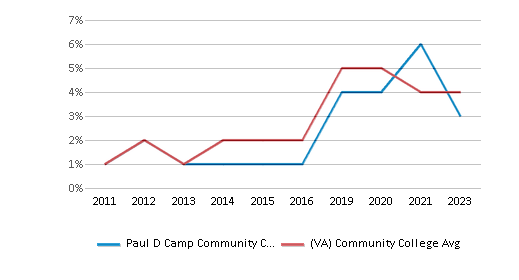
% Non Resident races
1%
2%
% Unknown races
3%
4%
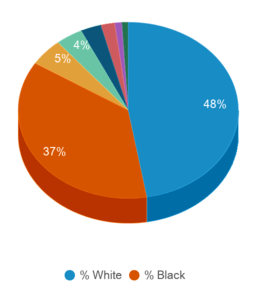
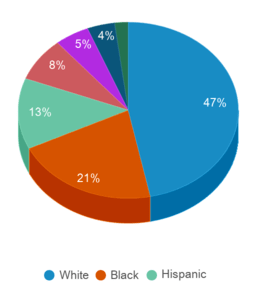
Diversity Score
0.63
0.71
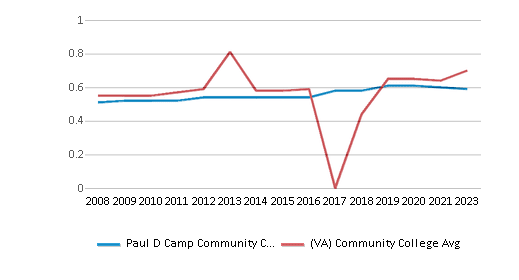
College Completion Rate (Students who graduate in less than 4 years)
0.2727%
0.4094%
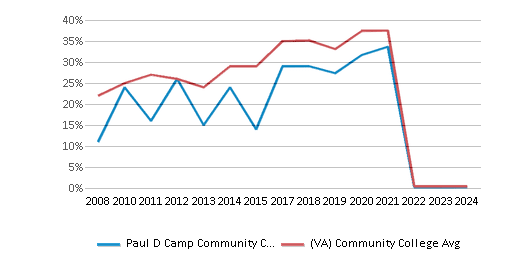
College Completion Rate (Students who graduate in 4 years or more than 4 years)
n/a
0.264%
Average Graduate Earnings (10 Years)
$26,800
$29,600
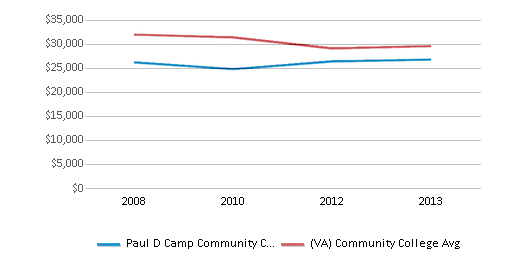
Tuition and Acceptance Rate
The public in-state tuition of $4,145 is more than the state average of $3,748. The in-state tuition has declined by 12% over four years.
The public out-state tuition of $9,983 is more than the state average of $8,977. The out-state tuition has declined by 6% over four years.
In-State Tuition Fees
$4,145
$3,748
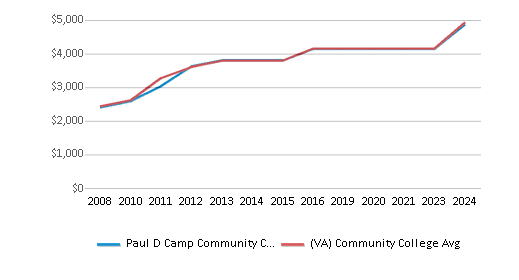
Out-State Tuition Fees
$9,983
$8,977
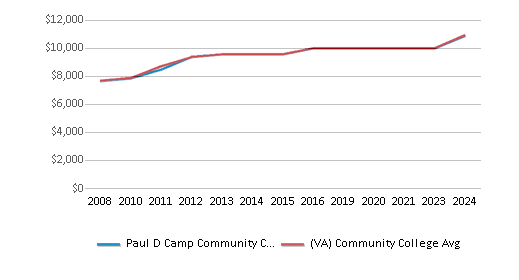
% Students Receiving Some Financial Aid
69%
78%
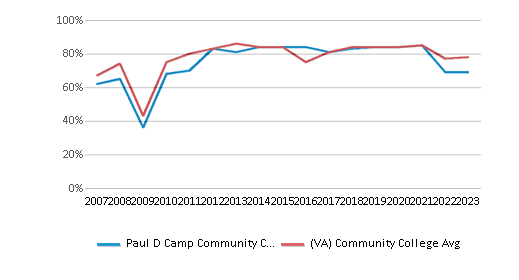
Median Debt for Graduates
$6,700
$10,500
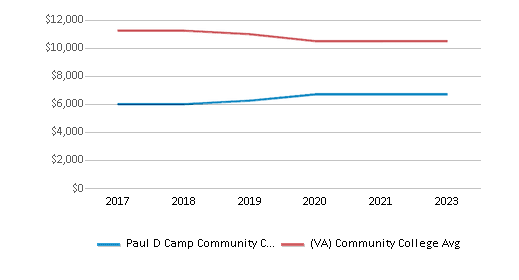
Median Debt for Dropouts
$5,000
$5,500

Acceptance Rate
n/a
59%
Source: 2024 (or latest year available) Integrated Postsecondary Education Data System (IPEDS)
School Notes
- Paul D. Camp Community College provides diverse educational and workforce learning opportunities that enhance the quality of life for students and citizens. Paul D. Camp Community College is an equal opportunity affirmative action institution of higher learning serving the cities of Franklin and Suffolk and the counties of Southampton and Isle of Wight in southeastern Virginia. The College is a member of the Virginia Community College System. The College offers occupational/technical programs, provides curricula in university parallel programs that facilitates transfer to senior institutions, provides a developmental studies program, enables students to strengthen general skills, conceptual abilities, and values needed to function competently in the community, workplace and diverse world, expand workforce training, expands partnerships for the development, growth and renewal of the service region and provides adequate personnel, financial resources, facilities and technology to support its programs and services.
Frequently Asked Questions
How much does Paul D Camp Community College cost?
Paul D Camp Community College's tuition is approximately $4,145 for In-State students and $9,983 for Out-State students.
What is Paul D Camp Community College's ranking?
Paul D Camp Community College ranks among the top 20% of community college in Virginia for: Least debt for graduating students.
Recent Articles

Obtaining Your Bachelor's Degree at a Community College
Explore the evolving landscape of community colleges offering bachelor's degrees, addressing affordability, accessibility, and workforce needs.

A to Z of Community College Certificates and Courses
From business and healthcare to technology and skilled trades, the article showcases the breadth of options available to students seeking to enhance their knowledge, develop new skills, or pursue career advancement.

What is a Community College?
This comprehensive guide explains what a community college is, its history, and its role in higher education. It covers the types of programs offered, differences from four-year colleges, benefits of attending, and important considerations for prospective students, providing valuable insights for those exploring educational options.











